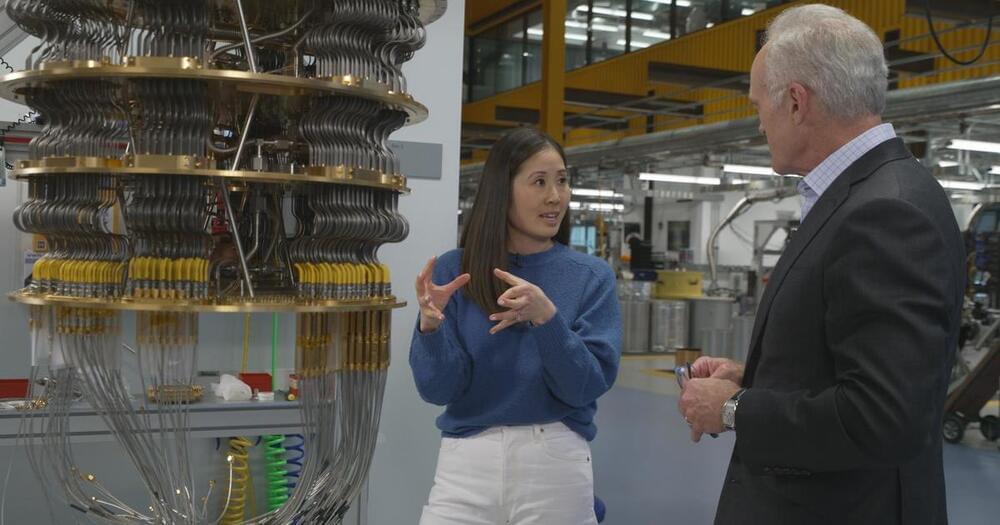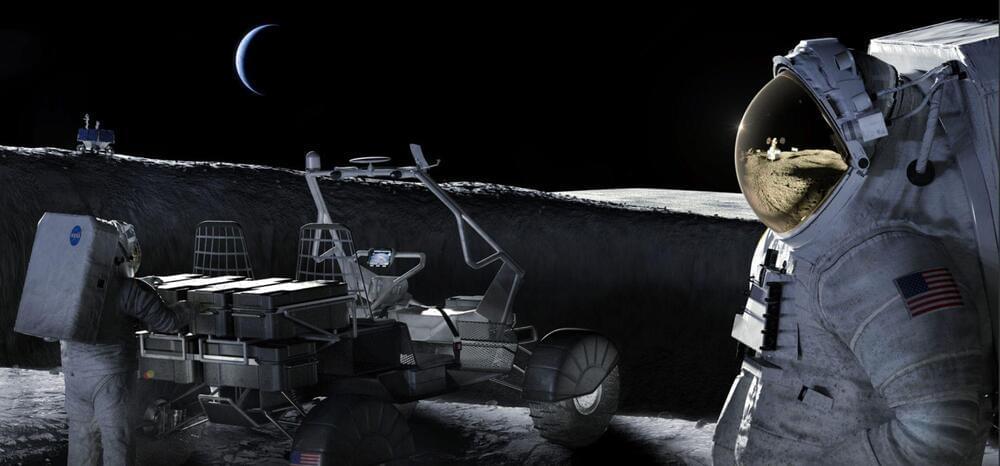It is now contributing carbon-free energy to the grid that serves Google’s Nevada data centers.
Get the latest international news and world events from around the world.

DNA repair has been captured in a step-by-step molecular movie
Researchers have worked out how a protein called photolyase repairs DNA using light, and their discoveries could guide the development of light-based manufacturing technologies.
By Grace Wade

Quantum computers could solve problems in minutes that would take today’s supercomputers millions of years
“We’re looking at a race, a race between China, between IBM, Google, Microsoft, Honeywell,” Kaku said. “All the big boys are in this race to create a workable, operationally efficient quantum computer. Because the nation or company that does this will rule the world economy.”
It’s not just the economy quantum computing could impact. A quantum computer is set up at Cleveland Clinic, where Chief Research Officer Dr. Serpil Erzurum believes the technology could revolutionize the world of health care.
Quantum computers can potentially model the behavior of proteins, the molecules that regulate all life, Erzurum said. Proteins change their shape to change their function in ways that are too complex to follow, but quantum computing could change that understanding.


Google delays its ChatGPT 4 rival ‘Gemini’ until next year over language issues
Now, the AI-powered products that were supposed to get a Gemini boost, such as the Bard chatbot, will have to wait until next year.
Justin Sullivan/Getty Images.
Google’s multimodal AI competitor.




This brilliant robot uses AI to make your garden weed free
Now you can sit back and relax in your easy chair as your garden is weeded.
Ekobot.
As anyone who has tended to a garden knows, weeding is time-consuming and energy-draining. Scale it up to a farm, and it becomes a logistical nightmare. Traditional herbicides, though efficient, pose potential threats to people, animals, and the environment.